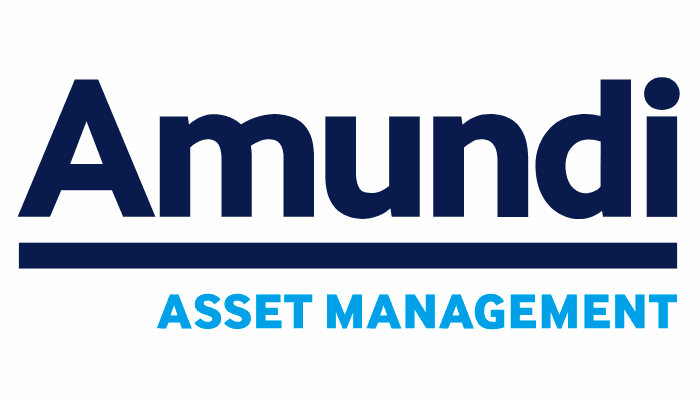Amundi Pioneer fund ILS assets up 5%, positive in 2022 despite events

The value of insurance-linked securities (ILS) held in the dedicated mutual ILS investment fund operated by Amundi US Investment Management, the Pioneer ILS Interval Fund, rose by 5% through the last quarter of record and the manager has highlighted an attractive market for deploying capital into.
ILS securities held by the interval style mutual fund were valued at $873.5 million at April 30th 2022, up 5% from the $835.7 million reported at January 31st 2022.
The investment managers behind the Amundi Pioneer Interval ILS Fund have been deploying liquidity they had available during that quarter, as the overall total net assets of the fund are actually a little down, at $886.2 million at April 30th, down from $892.2 million at the end of January 2022.
This is because the managers have deployed some short-term assets into ILS positions and it’s then likely the secondary market effects of spread widening on catastrophe bonds have dented some valuations a little.
But the managers of the fund, led by Chin Liu, Managing Director, Director of Insurance-Linked Securities, Fixed-Income Solutions and Responsible Investment Research and a Portfolio Manager to the fund, have a positive view on market conditions.
The Amundi Pioneer ILS fund delivered a positive 1.17% return through the six months to April 30th 2022, but Liu explained that the main drivers of return in ILS, being seasonality, should flow through the second half of the year.
The fund has not been without loss impacts in the last half-year either, as Liu explained that it had exposure to the December 2021 Midwest US convective storms, the early-2022 European winter storms and also the Australian floods this year.
With that in mind, it’s positive for the fund’s investors to note that the Amundi Pioneer ILS Interval Fund delivered a positive return in each of the first four months of 2022, despite this catastrophe loss activity and how it detracted from fund returns of reinsurance positions it had invested into.
“We believe the Fund’s solid performance during the last four months of the period helps illustrate the low degree of interest-rate sensitivity and the diversification potential that comes with investments in ILS, as ILS have been largely uncorrelated to the performance of the broader fixed-income market, which has experienced increased volatility and weak total returns over the first few months of the 2022 calendar year,” Liu explained.
Liu and the Amundi Pioneer ILS investment team have a positive outlook on the reinsurance and ILS asset class, especially constructive due to the rate hardening seen.
Liu explained, “We have been encouraged by the trends we saw in the January 1, 2022 renewals, when roughly 60% of the global reinsurance transactions for the year are finalized. (Most of the remaining 40% renews during the March through July period.) The January 1 renewals this year were characterized by continued improvements for the Rate On Line (ROL) for many perils and geographies, improved terms and conditions for contracts, and continuous improvements in risk modeling, underwriting, and claims management discipline. (Rate On Line is a percentage derived by dividing reinsurance premium by reinsurance limit.)
“During the six-month period, we sought to take advantage of the Fund’s potential capacity to benefit from market dislocations. The reinsurance industry has continued to shift away from the lower (riskier) layers and aggregate structures, due to concerns around event frequency. Our philosophy has historically been to avoid those types of layers and structures when choosing investments for the Fund. Instead, we have been working to position the portfolio in the less-risky area. We view our “agnostic” approach noted earlier as a critical factor at this point in the reinsurance underwriting cycle.
“Many insurers, reinsurers, and observers have been expecting the “hard market” conditions to continue. A hard market is generally characterized by conditions when the price-per unit-of-risk has significantly increased. In our view, those conditions could represent a more favorable point in the reinsurance pricing cycle in which to deploy capital.”
It will be interesting to see how the Amundi Pioneer fund has fared through its next quarter, that runs to the end of July, once its portfolio is reported.
There will have been a good opportunity for growth, if assets can be raised to support it.
But with liquid assets declined, due to a clear deployment earlier this year at the reinsurance renewals, it seems likely the Amundi Pioneer will have raised additional capital to ensure it could make the most of market conditions at the mid-year stage as well.






